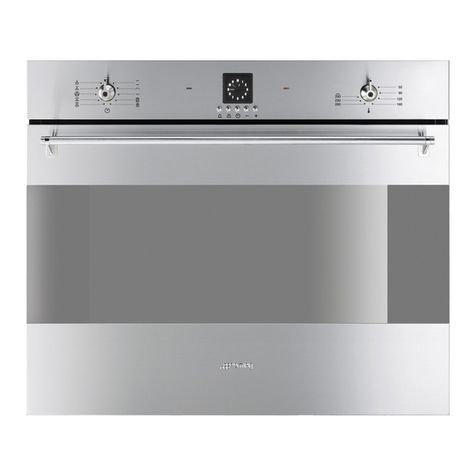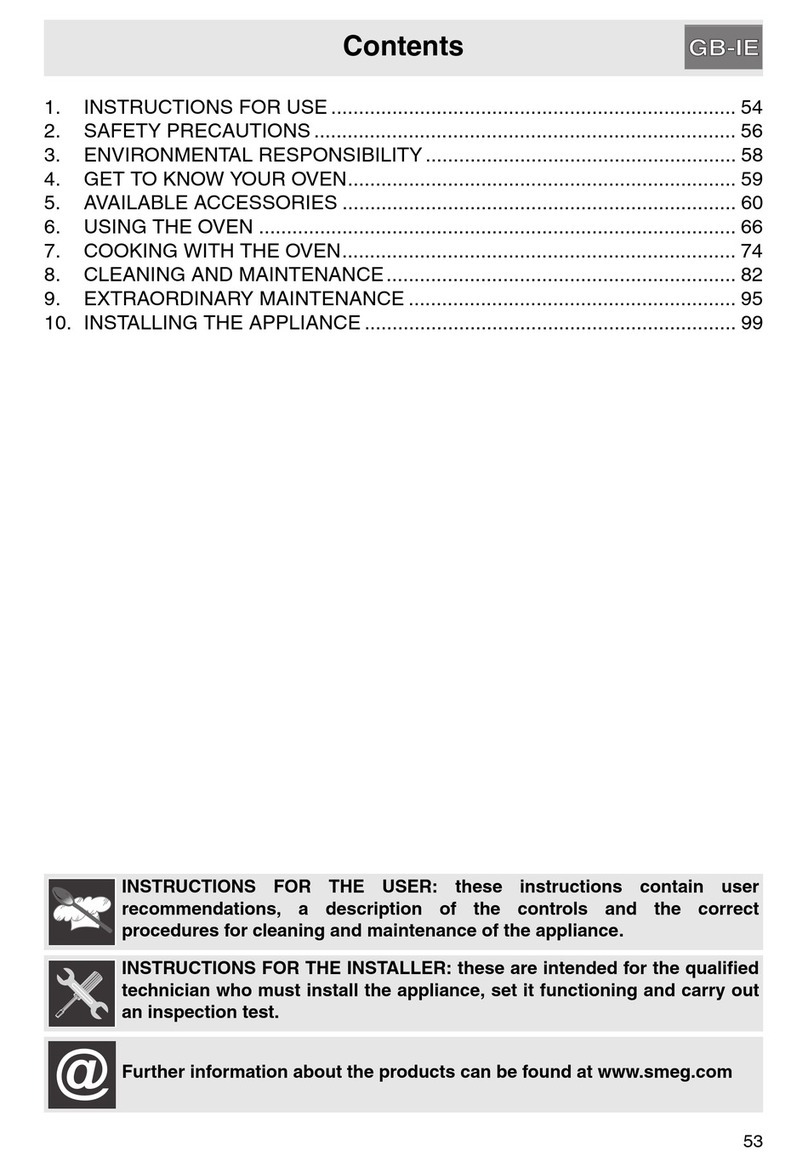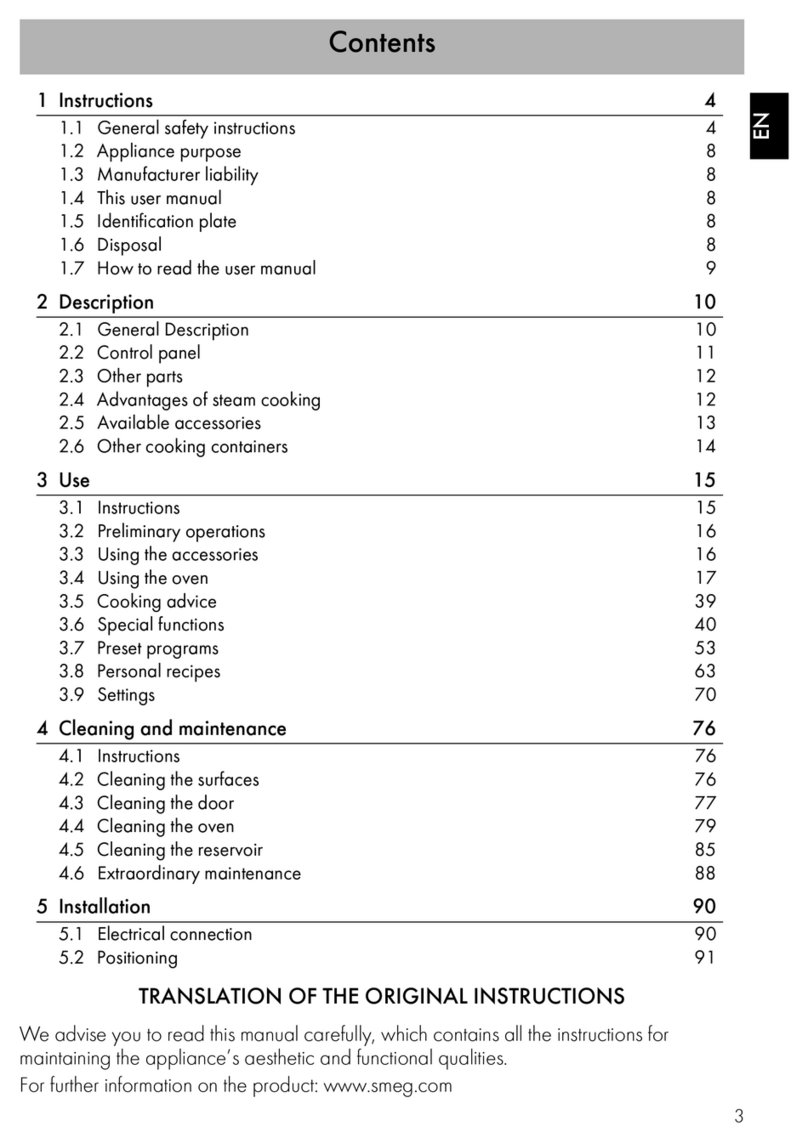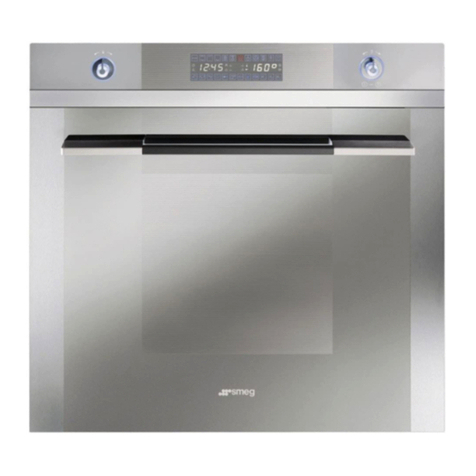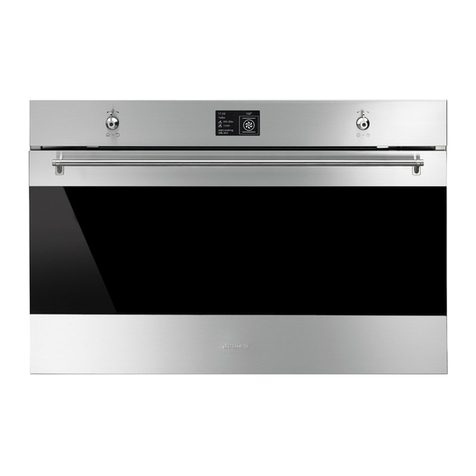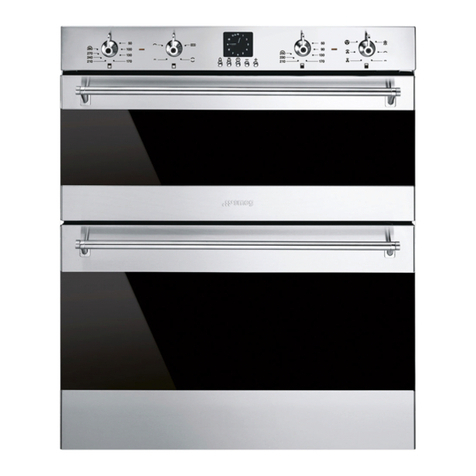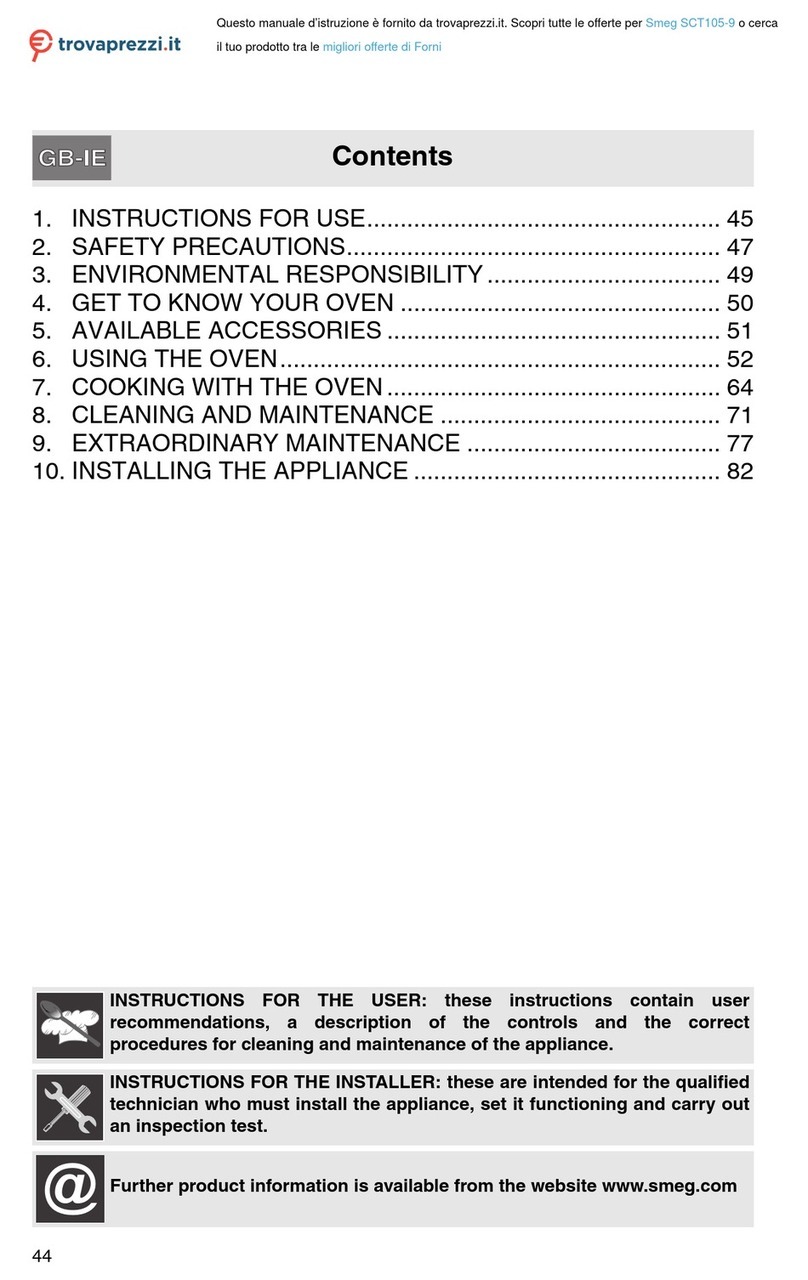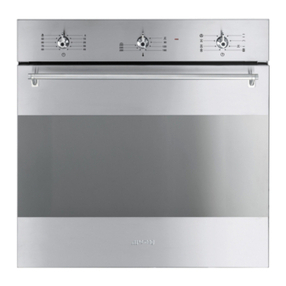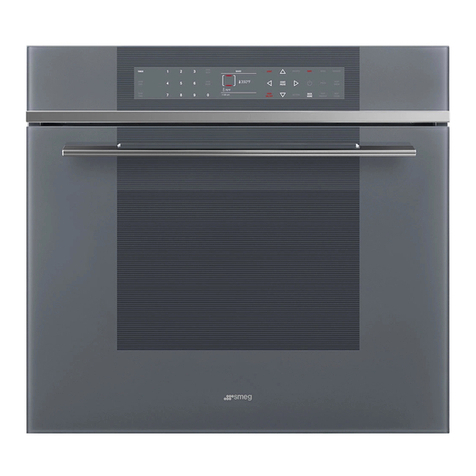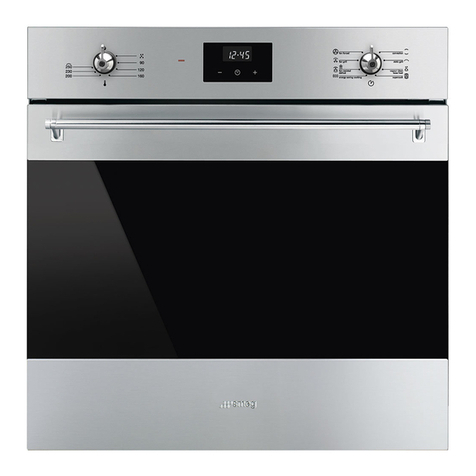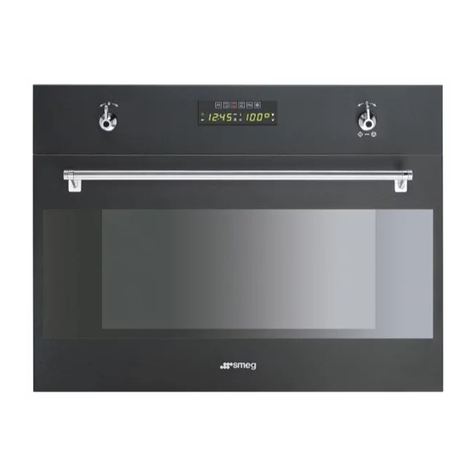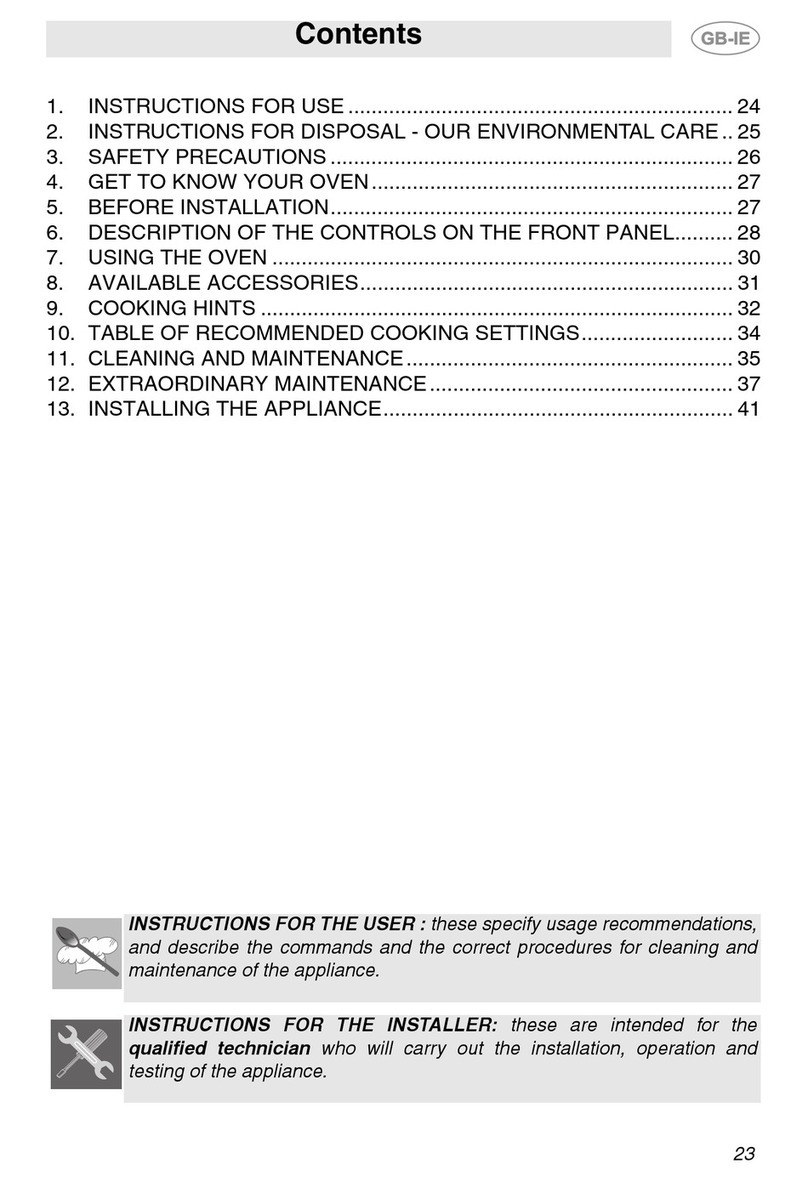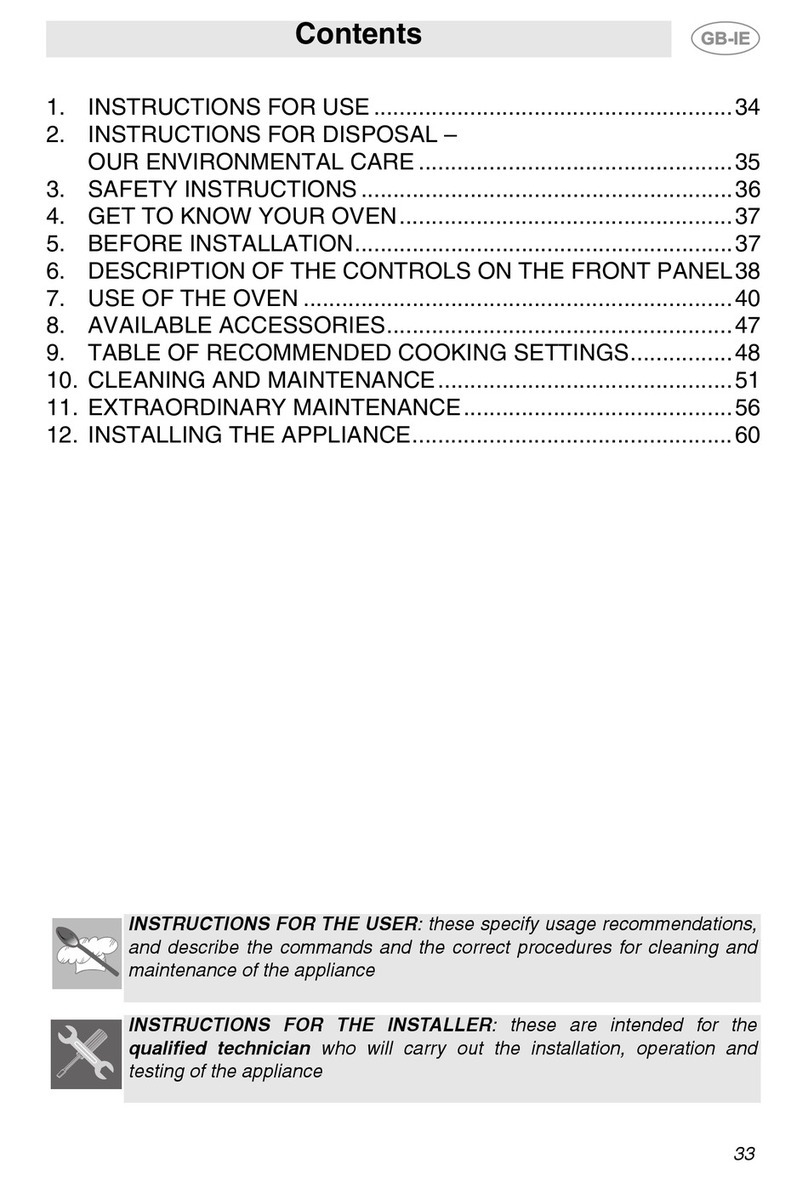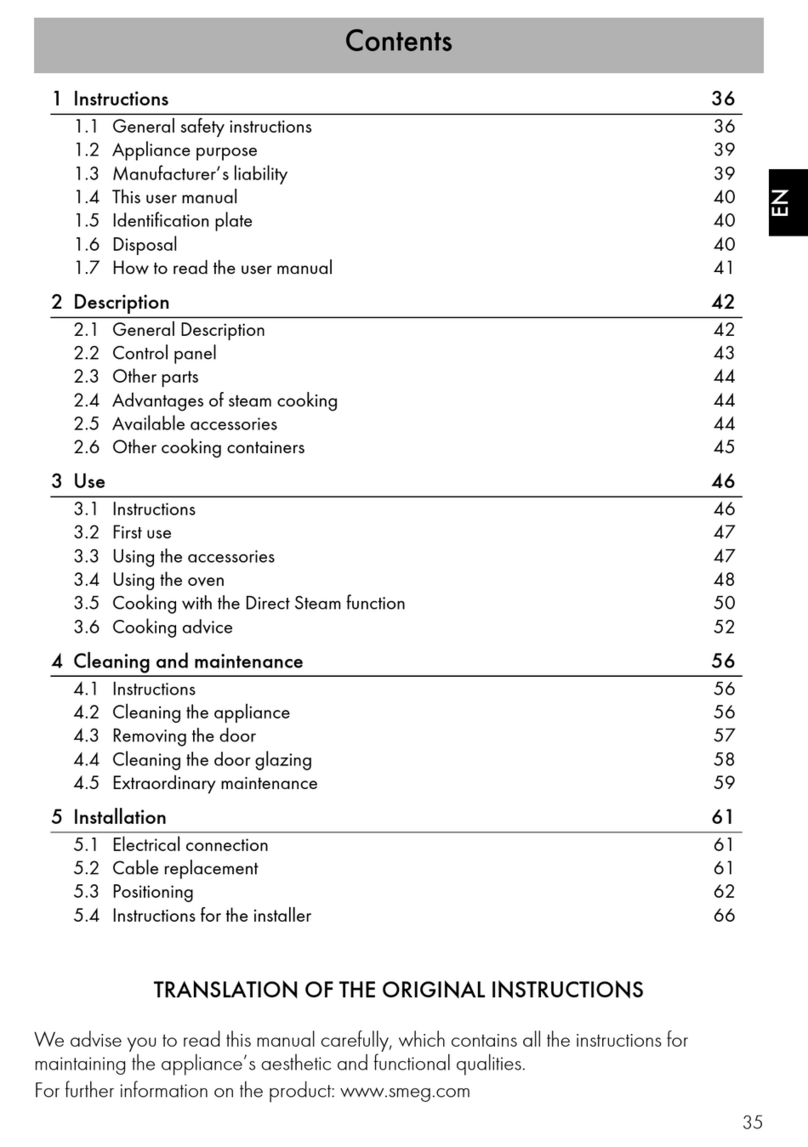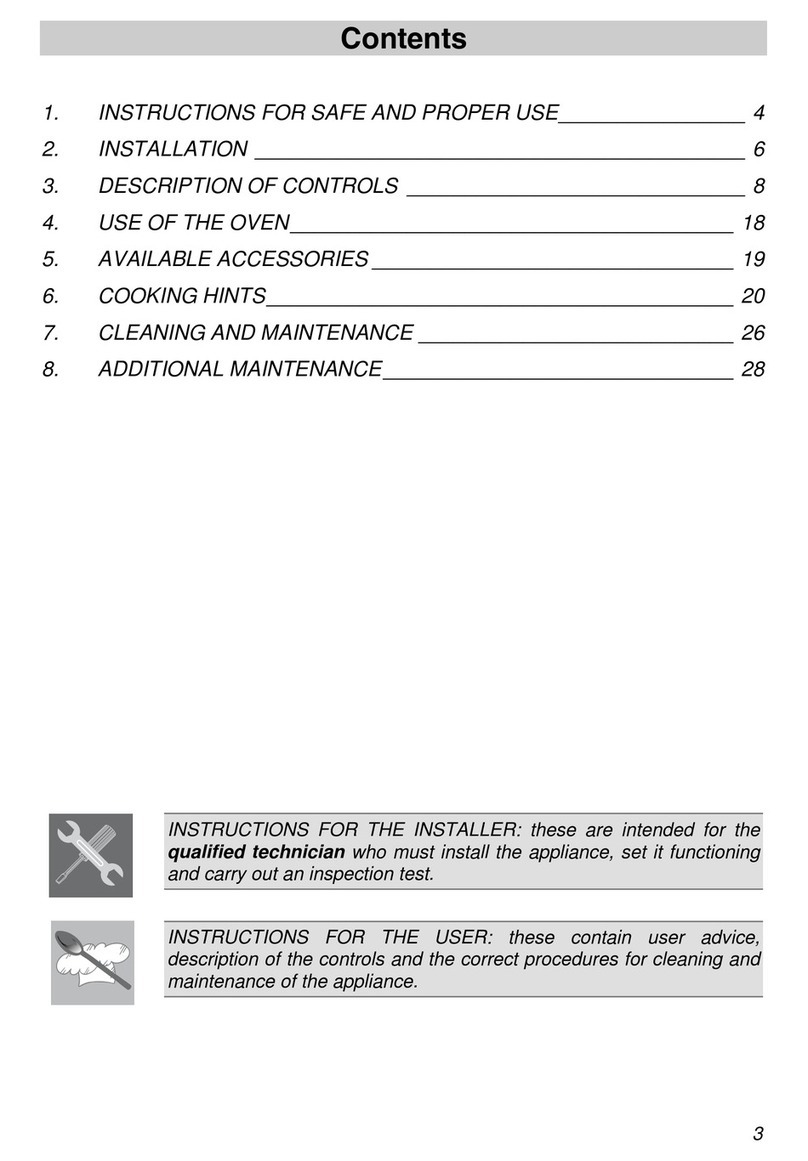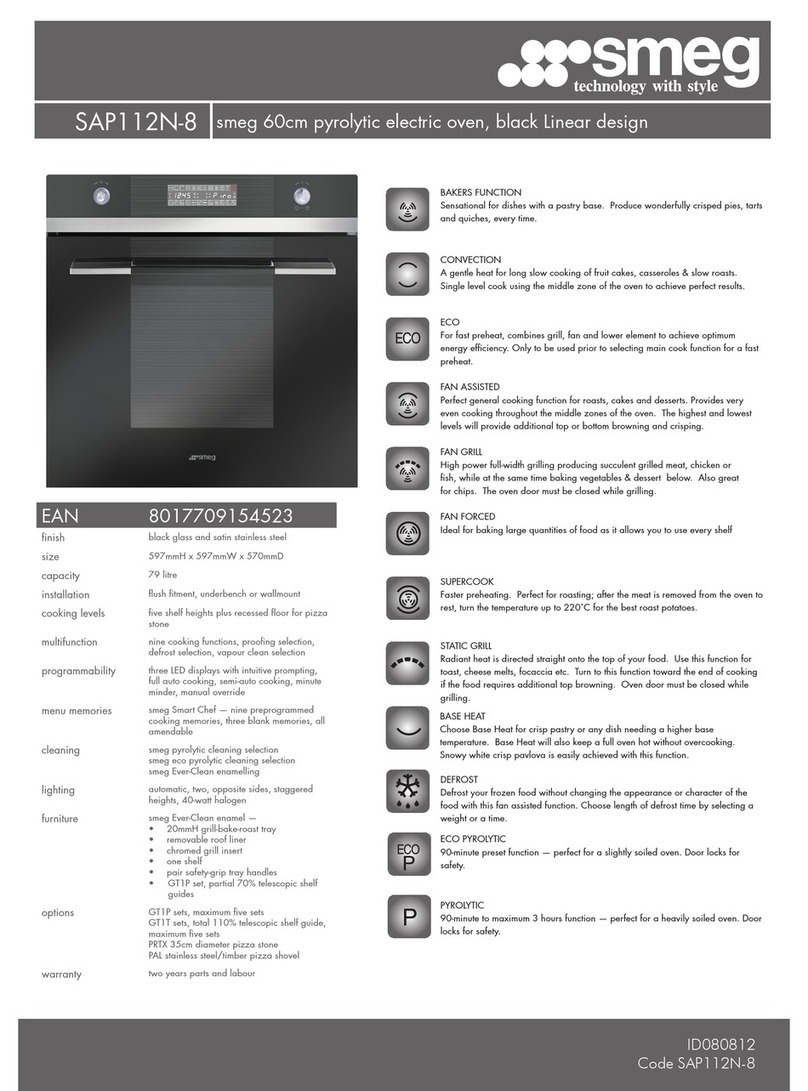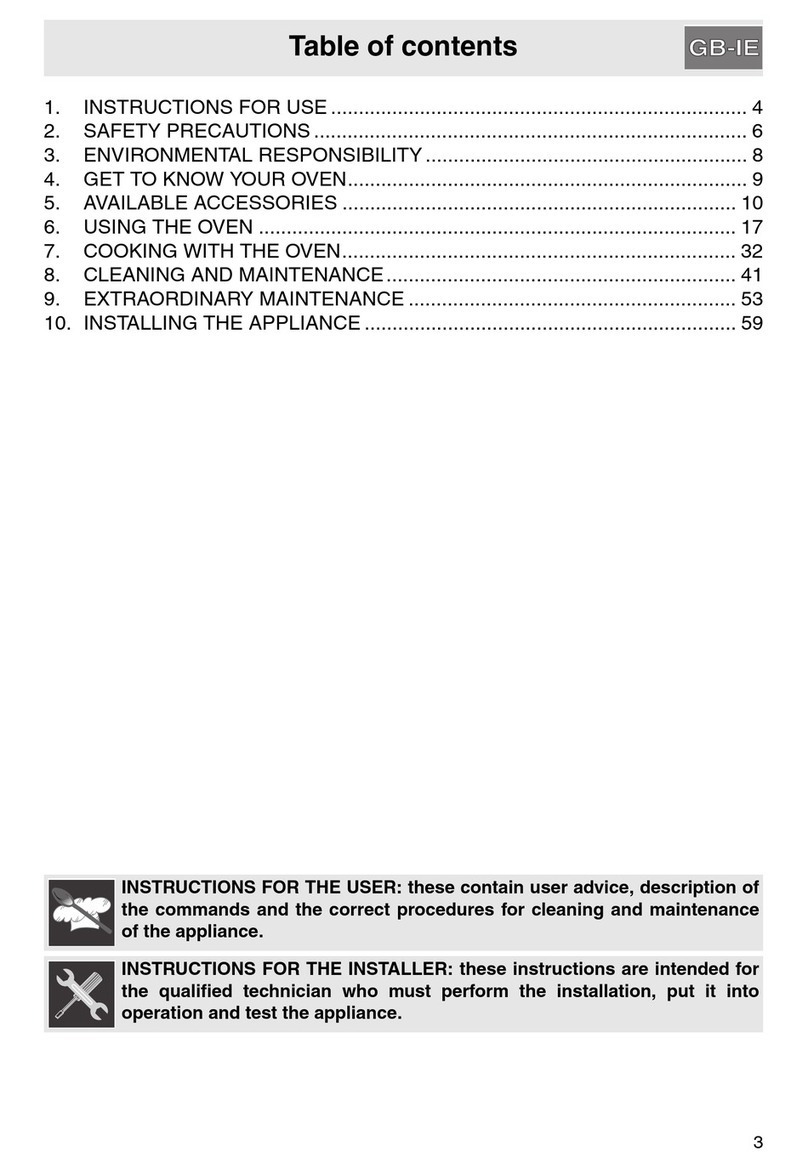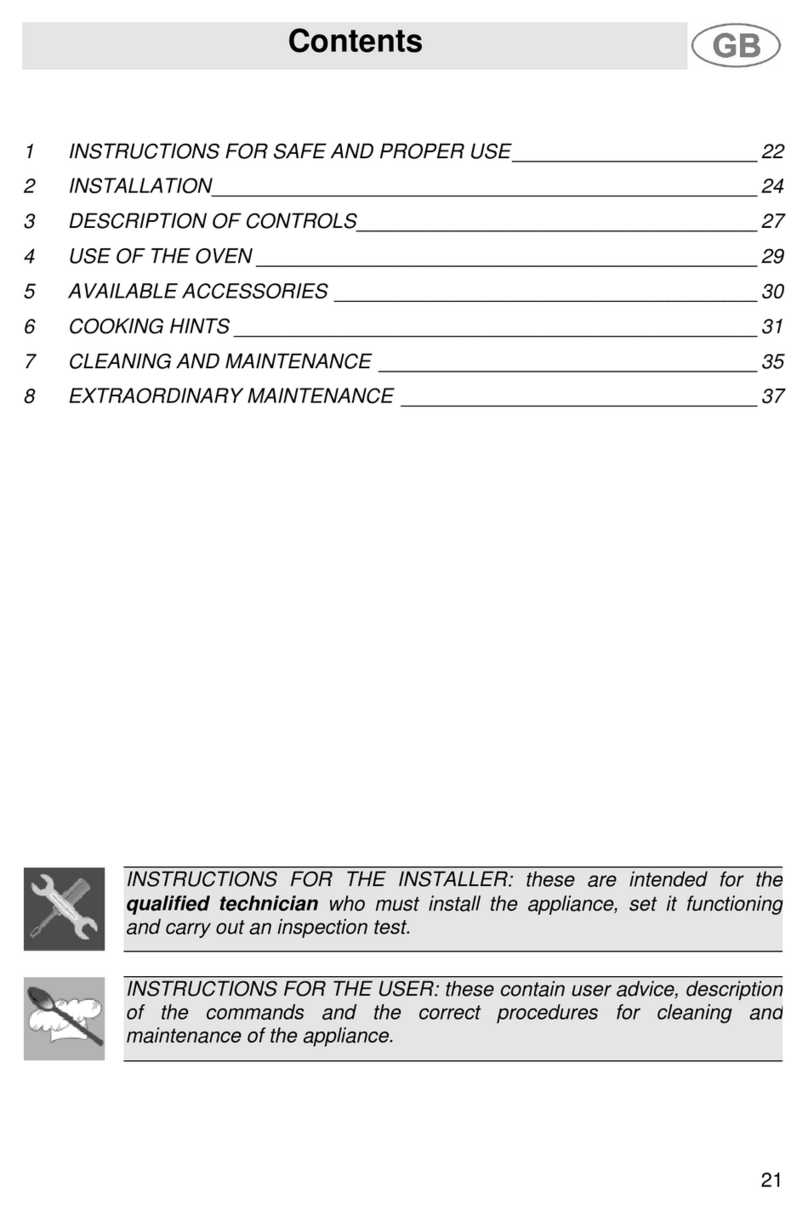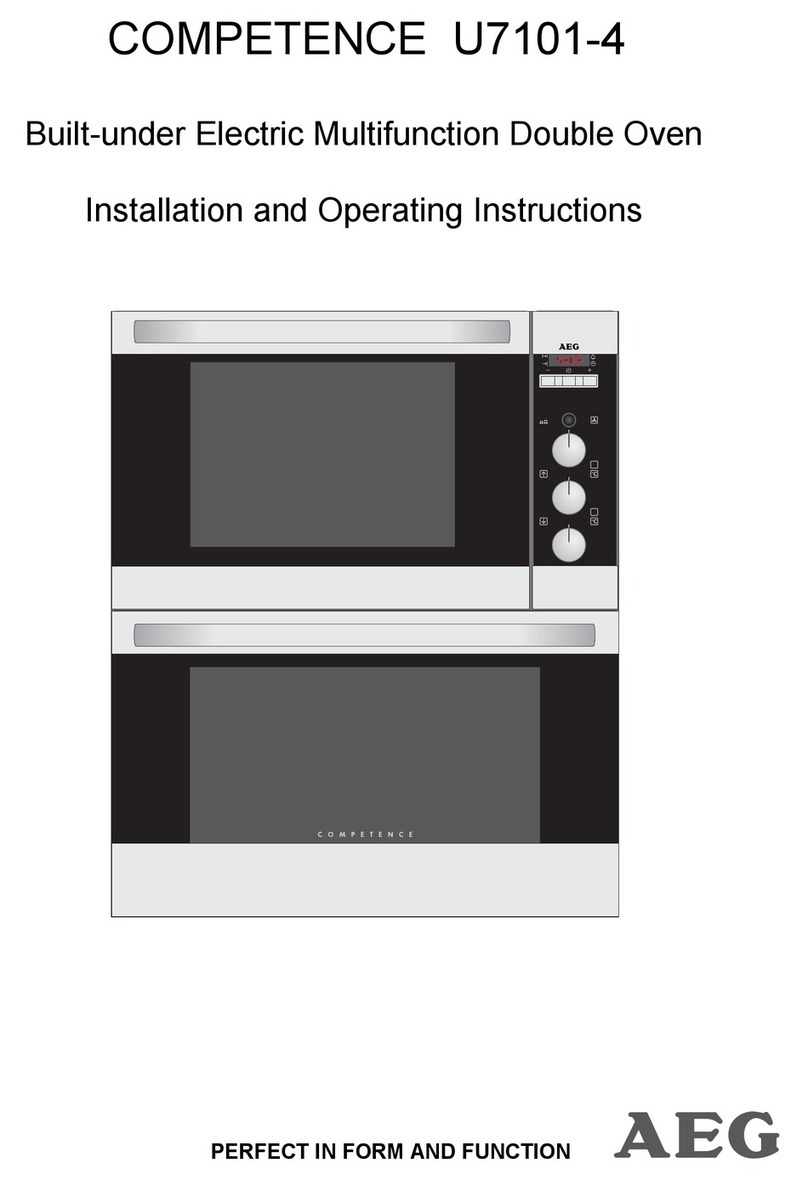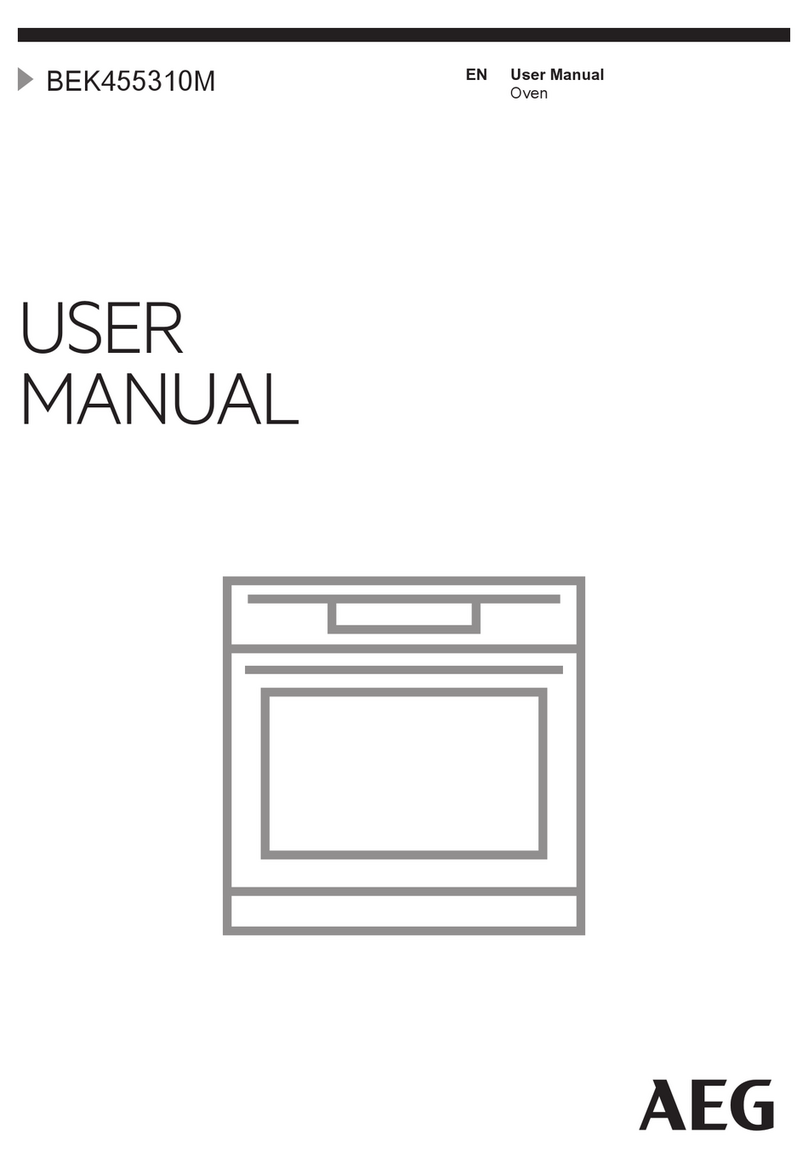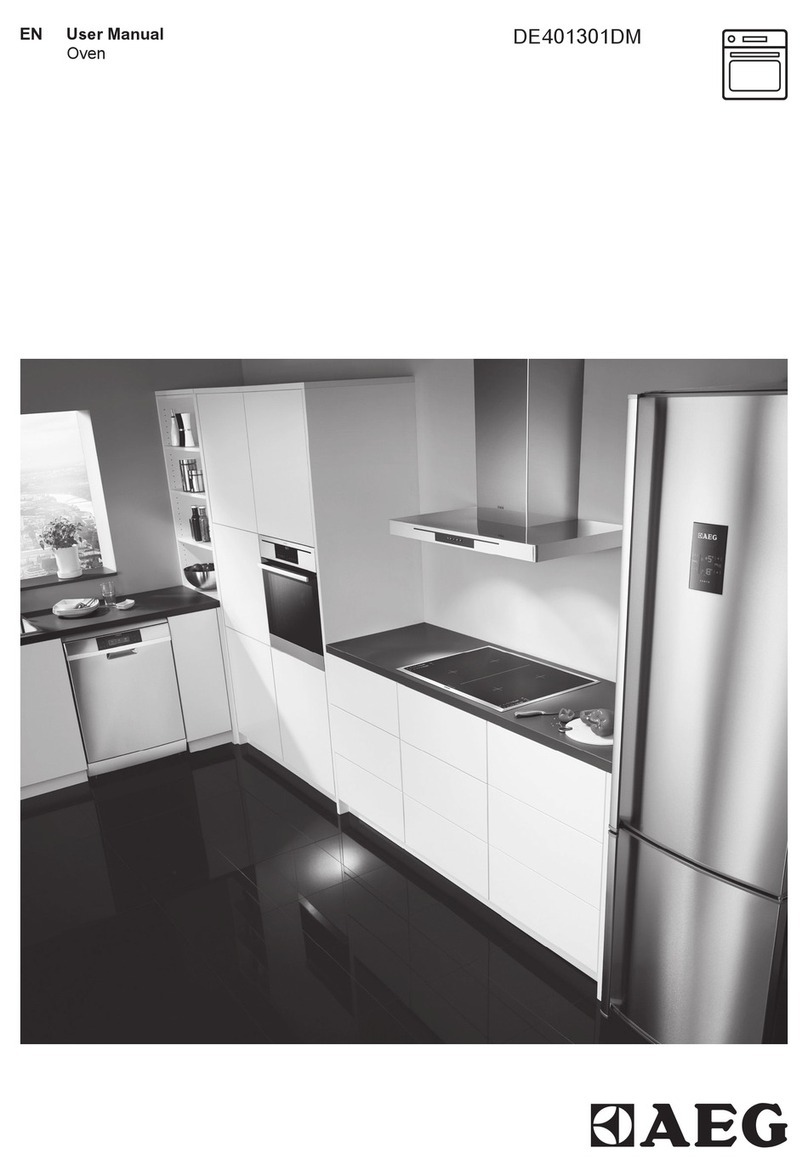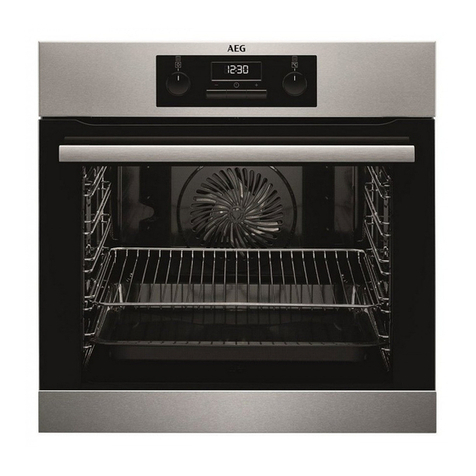
Instructions
6
• Check the appliance visually
during the cooking of foods in
plastic or paper containers.
• When heating food in plastic or
paper containers, keep an eye
on the oven due to the
possibility of ignition.
• Eggs in their shell and whole
hard-boiled eggs should not be
heated in microwave ovens
since they may explode even
after microwave heating has
ended
• Use the microwave only for the
preparation of food for
consumption. Other types of
applications are strictly
forbidden (e.g. drying clothes,
warming slippers, sponges, wet
cloths or the like, dehydrating
foods) because they can lead
to the risk of injury or fire.
• The oven should be cleaned
regularly and any food deposits
removed.
• Do not use the microwave to
dry food.
• Do not use the microwave to
heat oils or fry.
• Do not use the appliance to
heat foods or beverages
containing alcohol.
• Do not heat eggs in their shells
or whole hard boiled eggs; they
may explode even after the
heating process has completed.
• Do not heat food contained
within food packages.
• Microwave heating of
beverages can result in delay
eruptive boiling, therefore care
should be taken when handling
the container.
USE OF MICROWAVES
Improper use.
Danger of explosion
• When using the microwave to heat or
reheat liquids, the boiling process
may be delayed – boiling
temperature can be reached without
the formation of the usual "rolling
boil". This delayed boiling and
consequent superheating of the liquid
can generate an explosion inside the
appliance, or sudden boiling over of
the superheated liquid can occur
when removing the container from the
appliance. To avoid these dangers, it
is necessary to insert the supplied
boiling rod (or a heat-resistant plastic
spoon) in the container while heating.
